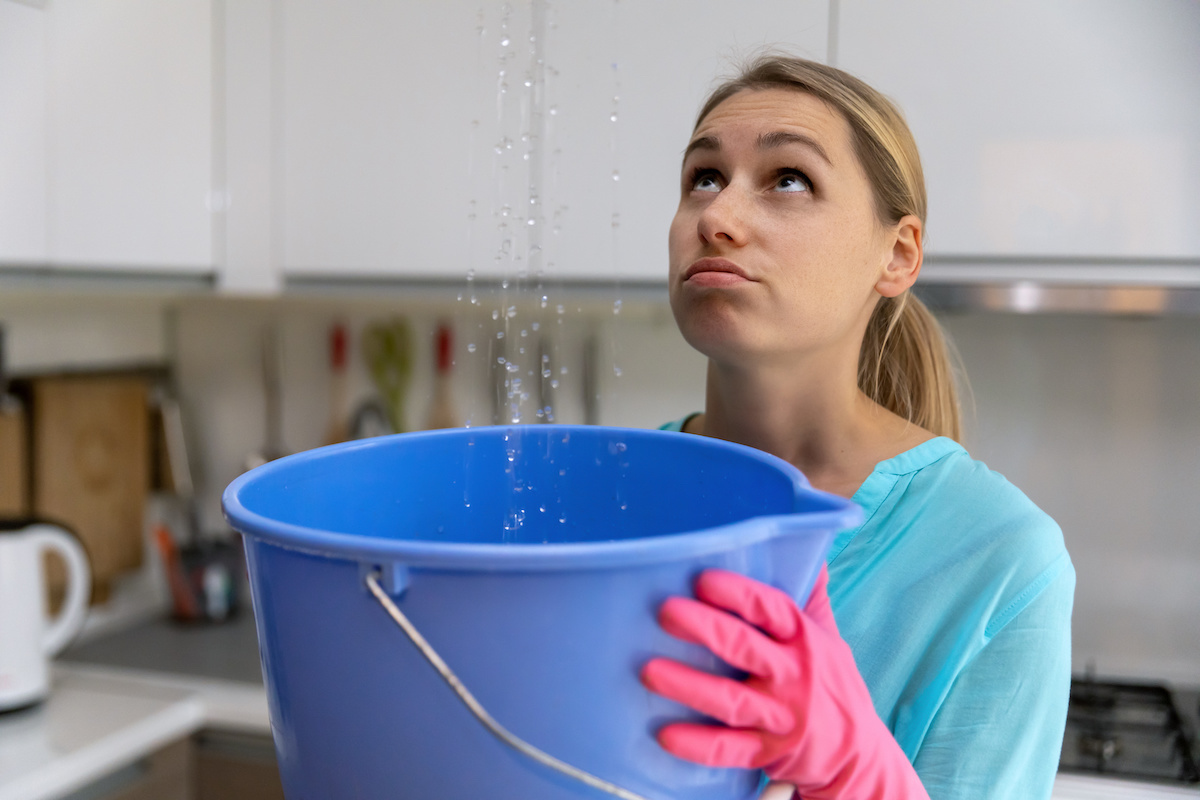Learn the Six Most Common Causes of Water Leaks and How to Address Them
Learn the Six Most Common Causes of Water Leaks and How to Address Them
Blog Article
Just how do you feel when it comes to Most Common Causes of Leaky Pipes?

Leakages not just trigger waste of water but can additionally trigger unneeded damage to your residence and also advertise undesirable organic development. Sadly, water leaks may go unnoticed given that the majority of the pipework in our home is hidden. By understanding and looking for daily circumstances that cause leakages, you can secure your residence from future leaks and unneeded damage. Today, we will look at 6 leakage triggers that may be creating your pipes to drip.
Immediate temperature changes.
Severe temperature adjustments in our pipes can trigger them to increase and also contract suddenly. This development and also contraction might create fractures in the pipes, specifically if the temperature are below freezing.
Corroded water supply
This could be the reason of discoloration or bending on your water pipelines. If our plumbing system is old, think about changing the pipelines given that they are at a greater risk of corrosion than the newer designs.
Defective Pipe Joints
Pipe joints can deteriorate over time, resulting in water leaks. If you have noisy pipelines that make ticking or banging sounds, specifically when the hot water is turned on, your pipe joints are possibly under a lot of pressure.
Elbowing in roots
Most water leakages start outside the residence instead than inside it. You may notice wet spots or sinkholes in your yard, and also that may mean that tree origins are getting into water lines causing water to permeate out.
Poor Water Connectors
At times, a leakage can be brought on by loosened pipes and also pipelines that provide your appliances. Most of the time, changing is what triggers the loosened water Connections. You could locate in the case of a cleaning machine, a pipe may spring a leak as a result of trembling throughout the spin cycle. In case of a water links leak, you might notice water running straight from the supply line or pools around your home appliances.
Blocked Drains
Clogged drains could be frustrating and inconveniencing, however they can occasionally end up triggering an overflow bring about rupture pipelines. Keep getting rid of any materials that might drop your drains that might obstruct them to prevent such inconveniences.
All the above are root causes of leakages yet not all water leakages result from plumbing leaks; some leakages might originate from roof leakages. All leaks need to be repaired quickly to prevent water damage.
Leakages not only trigger waste of water but can likewise trigger unneeded damage to your house and promote undesirable natural growth. By looking as well as understanding for everyday scenarios that create leaks, you can safeguard your residence from future leakages and unnecessary damage. Today, we will look at 6 leak triggers that might be triggering your pipes to drip.
At times, a leak can be triggered by loosened tubes and pipes that supply your devices. In case of a water links leakage, you might observe water running directly from the supply line or puddles around your home appliances.
TYPES OF WATER LEAKS YOU SHOULD BE FAMILIAR WITH
Shower Fixture Water Leaks
If you notice a water leak near your shower fixture, perform an inspection to confirm if you are able to find broken caulk lines. As your shower fixture becomes older, it is not uncommon for water to leak onto the other side of the frame. To fix this type of plumbing leak, scrape off the old caulk and run a new bead of it around the shower fixture to seal up any fractured crevices and holes.
Bathtub Drainage Water leaks
To fix this type of leak in a bathtub, remove the drain flange and clean it. Next, you should also remove the rubber gasket located beneath the tub’s drain hole. Buy a replacement gasket that matches the old version and install it in the same location. Once the drain flange and rubber gasket are installed, apply a small amount of silicone caulk to the drain to prevent water leakage below your tub.
Water Pipe Leaks Behind Walls
Issues such as discolored grout and loose shower tiles may be caused by a water pipe leak behind the walls in your bathroom. To fix this plumbing leak, you will be required to remove the tiles, grout, or caulk in your shower. Once the tiles in your shower have been removed, perform an inspection of the drywall to confirm if it’s moist or wet. If you notice water marks or mold on the wall, this is an indicator of a water pipe leak.
Toilet Leaks
Nobody likes a toilet leak. It can cause water damage to the subfloor, joists, or even the ceiling in the room below. To combat this type of water leak, you will need to reinstall your toilet with a brand new ring of wax. If the toilet sits uneven, be sure to add toilet shims to correct the issue. Do you notice a broken bolt slot or flange? We recommend performing a new metal flange installation to remediate this issue.
Sink Water Leaks
To prevent damage to the beautiful counter tops in your kitchen or bathroom, tighten the base of your sink to prevent a water leak. Next, scrape away any old caulk around the sink and apply a fresh coat. Prior to using the kitchen or bathroom sink, you will need to secure the fixture to the countertop with the clips located beneath the sink rim to prevent a water leak.
https://www.fenwickhomeservices.com/blog/6-types-of-water-leaks-you-should-be-familiar-with/

As an enthusiastic person who reads about How to Find Water Leaks, I figured sharing that piece of content was important. For those who liked our page please make sure you remember to pass it around. Many thanks for taking the time to read it.
Call Today Report this page